I want to design a variable voltage regulator that will get from it`s maximum output (lets say 10V) down to 0V (or very close) considering the input as regulated 12V (from a PC power supply).
All the designs that I found use the 317 IC and can not go under 1.25V and I am pretty sure that there must be a way to do so.
I could not find any tutorials that explain in an easy way the way that the 317 behaves (beside the classical configuration) so any additional explanation is welcomed.

